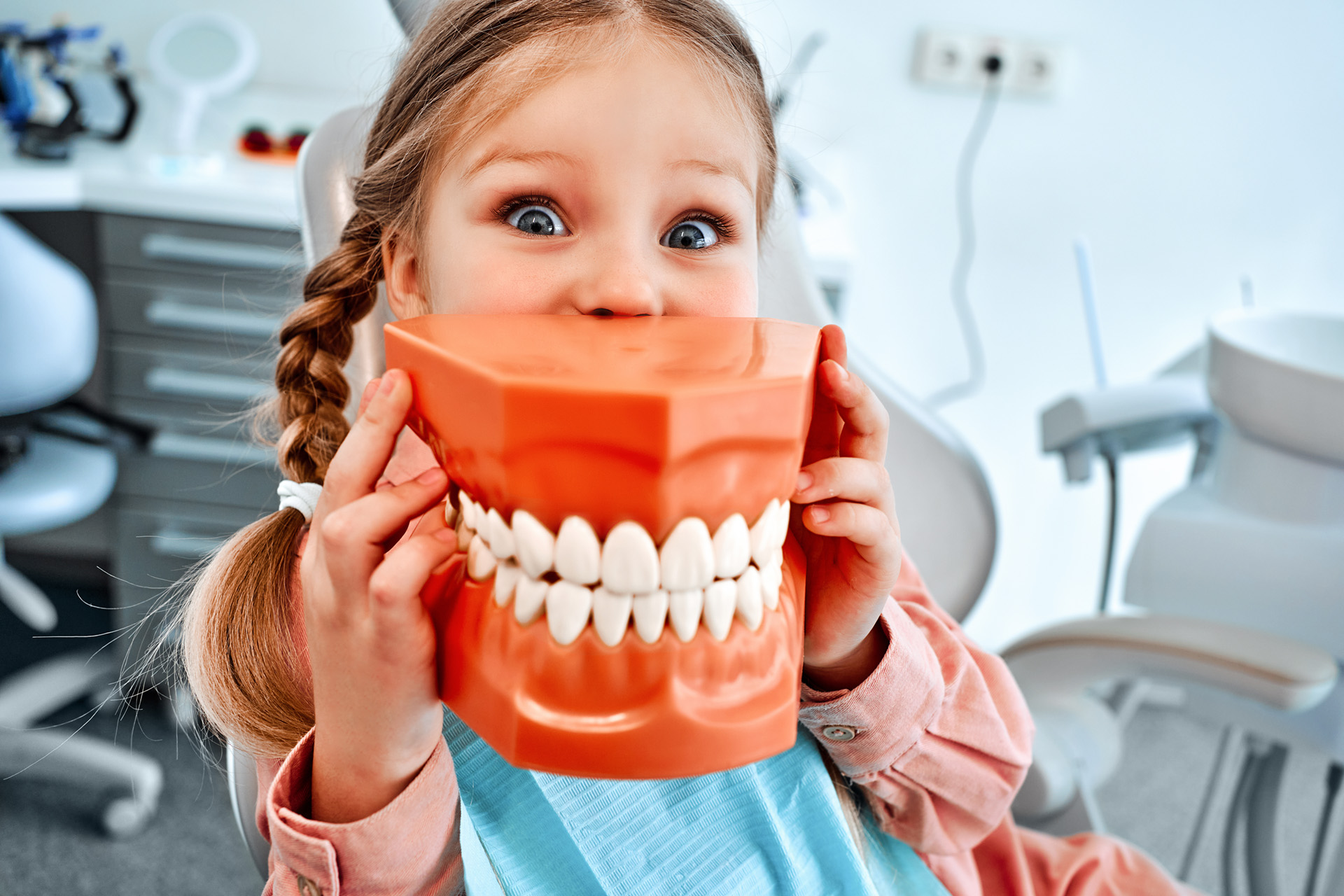Dental restoration refers to procedures aimed at repairing or replacing damaged or missing teeth, enhancing both the function and appearance of your smile. What is a dental restoration? It encompasses treatments crucial for maintaining oral health, whether addressing issues stemming from decay, injury, or wear. By tackling problems like cavities, fractures, or gaps, dental restorations not only improve chewing efficiency but also prevent further complications. Understanding what are dental restorations is essential for making informed decisions for a healthier, more beautiful smile.
Understanding Dental Restoration
A dental restoration involves procedures to repair or replace damaged or missing teeth, including fillings, crowns, bridges, and dentures. These treatments are essential for addressing cavities, fractures, or tooth loss, maintaining the functionality and aesthetics of your smile. Restorations in dentistry restore the ability to chew and speak effectively while preventing further dental issues. By filling cavities or replacing teeth, they preserve the integrity of surrounding teeth and gums, reducing decay and gum disease risks. A complete and healthy smile significantly boosts self-esteem and quality of life.
Dental restoration goals include restoring the natural appearance of teeth, improving function, and enhancing oral health. Each procedure is tailored to the patient’s specific needs, whether it’s a simple filling for a small cavity or dentures for extensive tooth loss. Dental restorations are vital in achieving optimal oral health and a confident smile.
Types of Dental Restorations
Dental restorations encompass various procedures designed to restore both function and aesthetics of teeth. What are dental restorations? Common types include fillings, crowns, bridges, and veneers, each catering to specific needs.
Fillings repair cavities caused by decay, using materials like composite resin or metal for durability. Crowns cover entire teeth, used for severe damage or weakness, made from porcelain for natural appearance or metal for strength. Bridges replace missing teeth by anchoring to adjacent teeth, constructed from materials like porcelain and metal for durability and aesthetics. Veneers are thin shells placed on tooth surfaces to enhance appearance, correcting imperfections like chips or discoloration.
Understanding these restoration options allows you to make informed decisions about your dental health. Fillings suit small cavities, crowns address significant damage, bridges solve tooth loss, and veneers offer cosmetic enhancements.
Benefits of Dental Restorations
Dental restorations provide numerous advantages beyond enhancing your smile’s appearance. They significantly improve dental function, allowing you to eat, speak, and smile with confidence. Restorations like fillings, crowns, and bridges restore teeth’s natural shape and function, addressing issues like cavities, fractures, or missing teeth.
Timely dental restorations prevent further complications, mitigating risks like infections or tooth loss. They maintain surrounding teeth’s integrity, ensuring oral health remains intact. Long-term health benefits include better nutrition and digestion from effective chewing, reducing digestive issues. A healthy smile boosts self-esteem, positively impacting mental well-being. Investing in dental restorations enhances both oral health and quality of life.
The Dental Restoration Process
The dental restoration process aims to restore teeth’s function and aesthetics, ensuring a healthier smile. What is a dental restoration process like? It begins with a thorough evaluation by your dentist, including X-rays and an oral health examination, to determine the best restoration option.
Following evaluation, your dentist discusses the recommended treatment plan. Preparation involves removing decayed or damaged structures for a clean restoration base. Depending on the restoration type—like fillings, crowns, or bridges—local anesthesia may be used for comfort.
Post-procedure care instructions are provided to ensure optimal healing and restoration longevity. Recommendations may include diet, oral hygiene practices, and follow-up appointments. Maintaining good oral hygiene through regular brushing, flossing, and dental visits keeps your restorations in dentistry in excellent condition for years.
